Banana growing model in Chi Lang is growing well.
Statistics from the Bac Ninh agricultural sector show that storm Yagi caused flooding and landslides for more than 5,300 hectares of rice, crops, and fruit trees; damaged nearly 28 hectares of greenhouses and net houses; killed over 83,000 poultry and 348 cattle; swept away more than 500 fish cages and flooded nearly 400 hectares of aquaculture ponds. In addition, 163 hectares of forest were collapsed, causing severe environmental damage. Notably, many alluvial areas - key and typical production areas of Bac Ninh - were severely affected, many areas were completely lost, and production was suspended for a long time. These figures show that the scale of devastation caused by natural disasters does not stop at material damage but also threatens the livelihoods of thousands of farming households, especially those investing in high-tech agriculture, with large investment capital and slow recovery time.
Chi Lang Commune (Que Vo), once considered the "banana granary" of the province - the image of the lush green banana garden today is hard to believe that just a few months ago, this place was completely wiped out by a storm. Mr. Ngo Van Cong, the owner of 10 hectares of bananas, suffered a loss of nearly 2 billion VND. After the flood receded, he started cleaning up, improving the land and replanting the entire area. Thanks to the technical and financial support from the province, his banana garden is entering a period of strong growth. He shared: "We have to start over, but our spirit is not broken like the banana trees in the storm".
Also in Chi Lang, Mr. Nguyen Van Manh, the owner of a nearly 3 billion VND melon farm whose entire greenhouse collapsed after the storm, has restored production after just a few months. Thanks to the 350 million VND support policy from the province and the spirit of self-reliance, the farm has now entered the second melon crop, with production stabilizing again.
In Gia Binh, Xuan Mai Cooperative with the baby cucumber growing model has quickly restored 3/5 of its greenhouses thanks to proactive techniques, seeds and materials. Every day, the Cooperative harvests 200-300 kg of cucumbers at a stable price, helping members overcome difficulties. Even new models such as more than 1 hectare of Luc Truc bamboo shoots in Lang Ngam commune, which was flooded when the plants were only 5 months old, have shown strong vitality and the first bamboo clumps have been harvested. Not only is this model a testament to efforts to overcome natural disasters, it also affirms the potential for organic agriculture development on alluvial land.
Reconstruction after natural disasters cannot be without the role of the government and timely support policies. According to the proposal of the Department of Agriculture and Environment, the total budget to support post-storm production is up to more than 38 billion VND, of which nearly 7.2 billion VND supports subjects not specified in Decree 02/2017 such as greenhouses, ornamental plants and flowers. Although it cannot compensate for all the damage, this support affirms the consistent policy of "leaving no one behind" and is a "spiritual medicine" to help people confidently start to restore production.
To date, more than VND35 billion has been allocated directly to communes, towns, and relevant units to provide urgent support to people growing crops, ornamental plants, and restoring greenhouses. However, due to lack of legal basis and documents, aquaculture groups have not yet received support. This is a bottleneck that needs to be resolved to ensure comprehensiveness and fairness in production recovery.
From the natural disaster crisis, it is also an opportunity for localities to look back and restructure agricultural production towards sustainability and better resilience to climate change. The rapid recovery and proven effectiveness of high-tech agricultural models, organic farming, etc. have created a need for replication. At the same time, it is necessary to consider building disaster risk prevention mechanisms, such as agricultural insurance, strategic seed and material storage, investment in warning systems and irrigation in the floodplain.
With the participation of the government, the consensus of the people, and the orientation of sustainable development, the alluvial lands of Bac Ninh have not only revived but also opened up new prospects for modern, safe and effective agriculture.
Hoang Mai
Source: https://baobacninh.vn/tai-thiet-san-xuat-nong-nghiep-ong-hanh-tu-chinh-sach-ong-luc-tu-cong-ong-97979.html


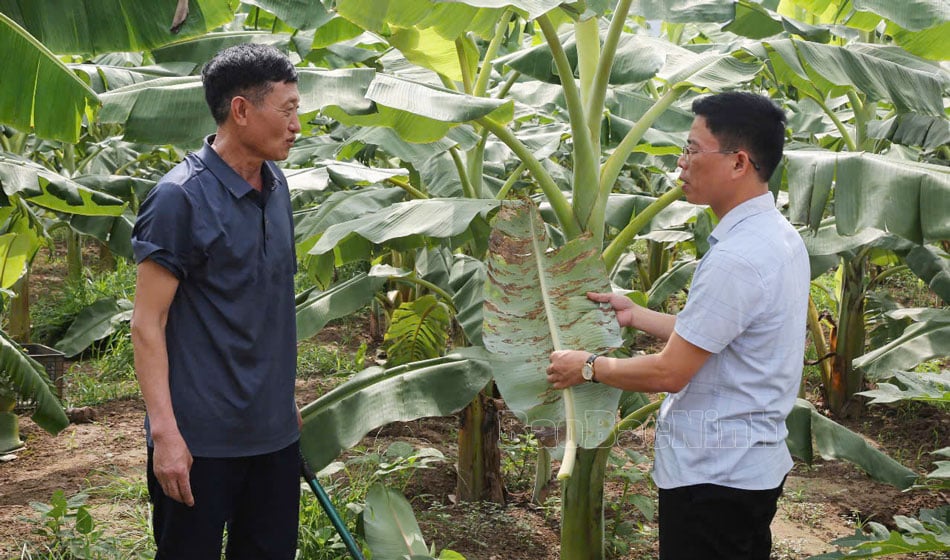




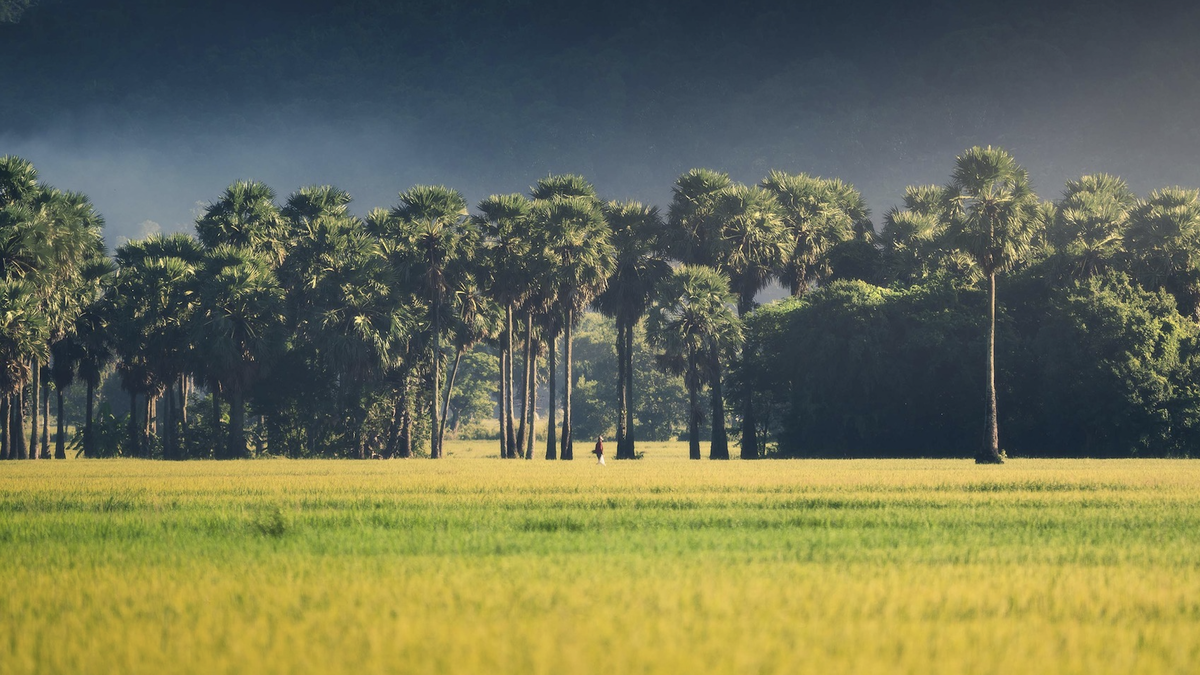



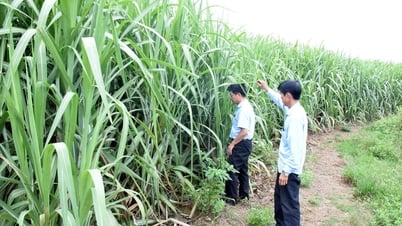

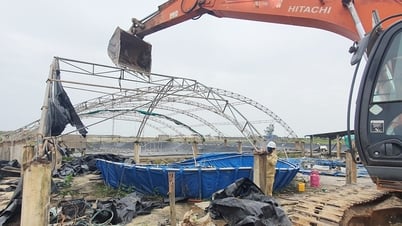





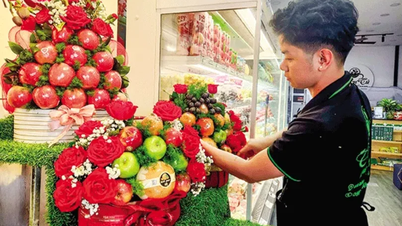






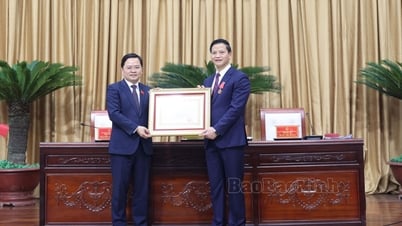




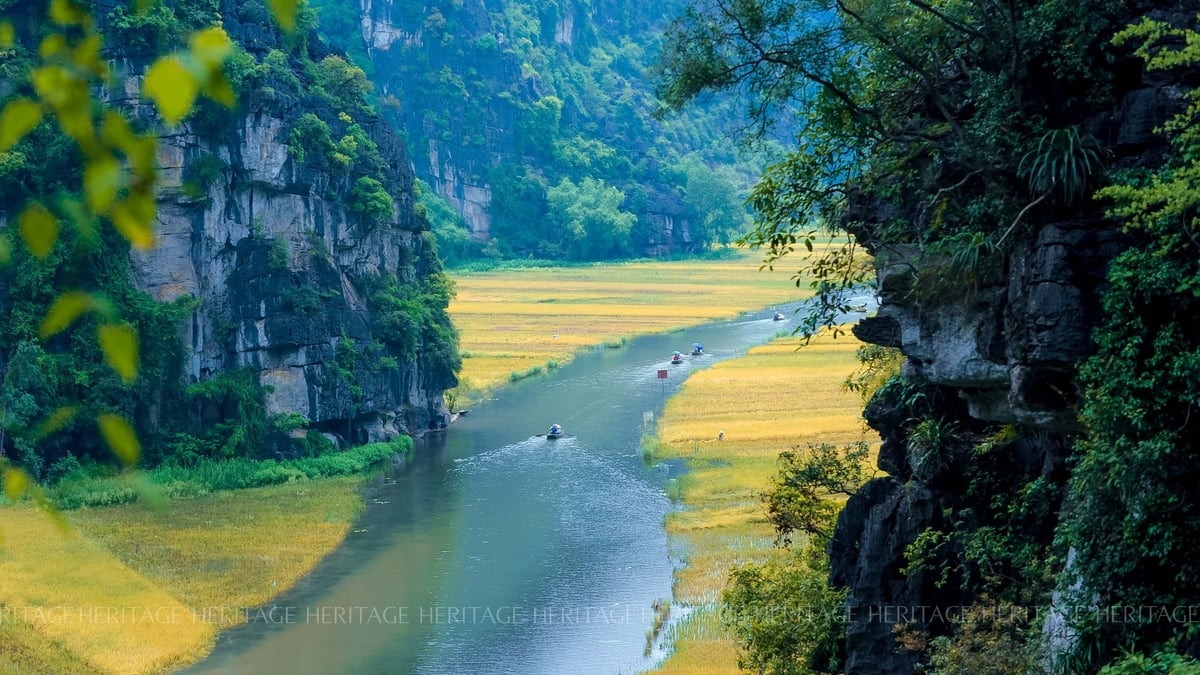
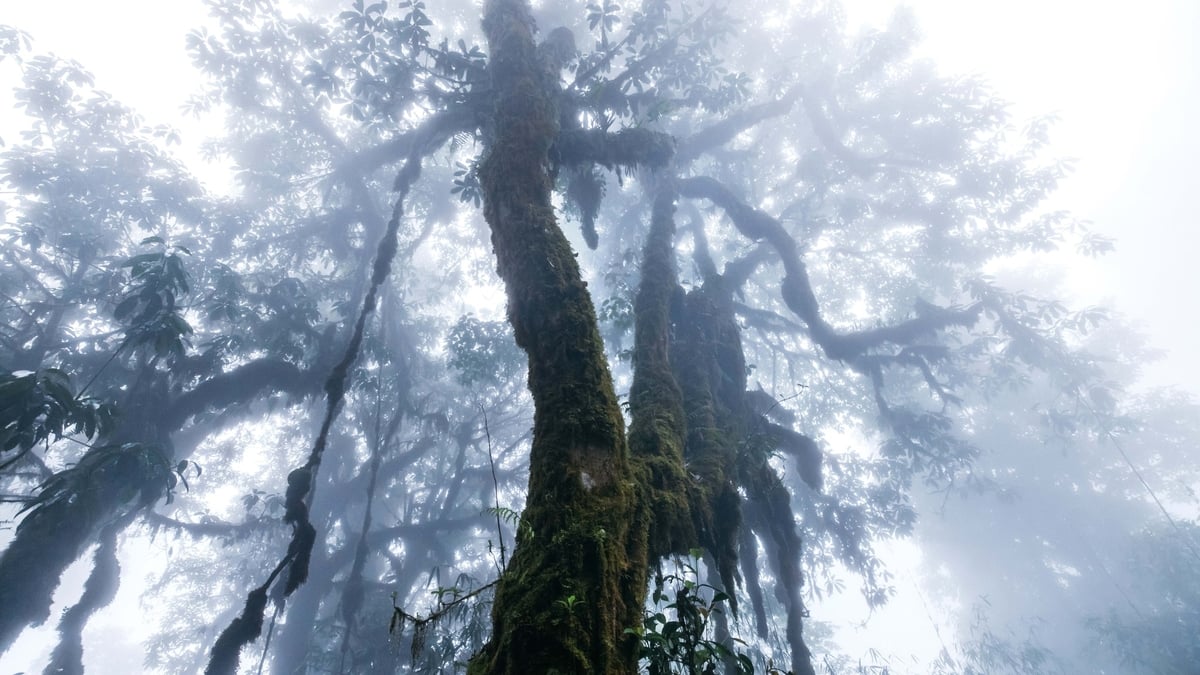
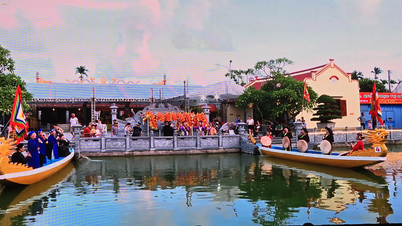

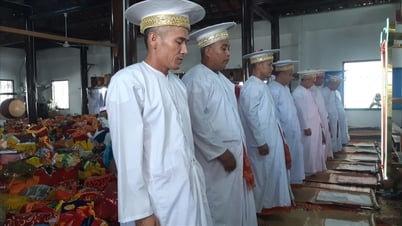







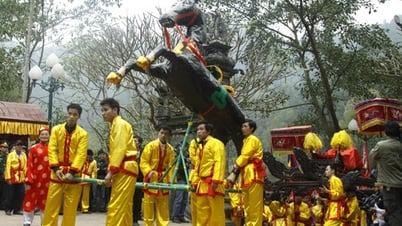

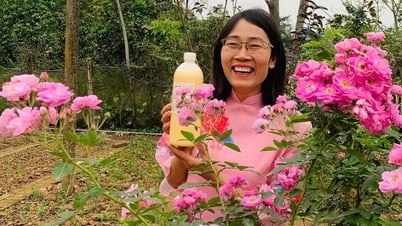

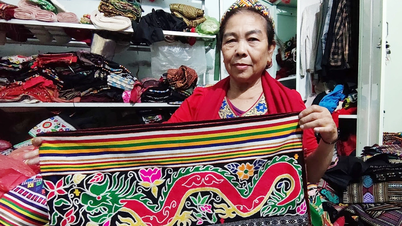



























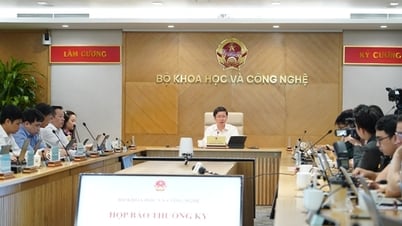




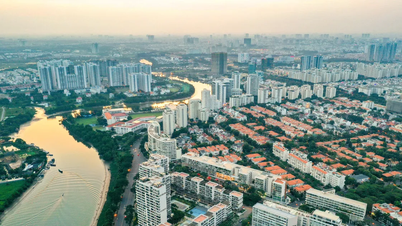

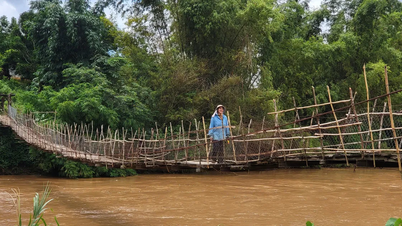





















Comment (0)